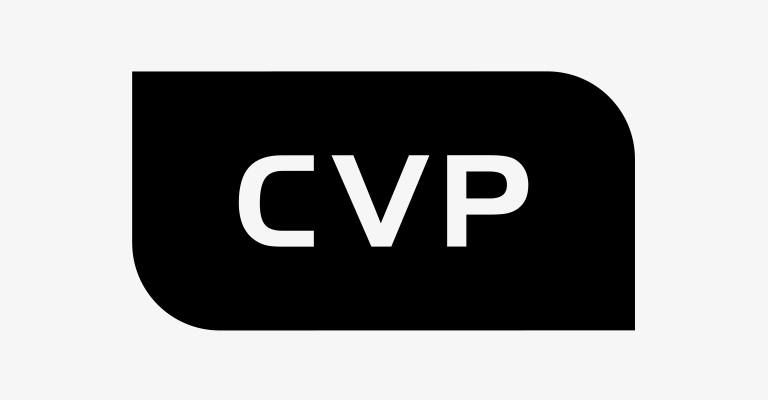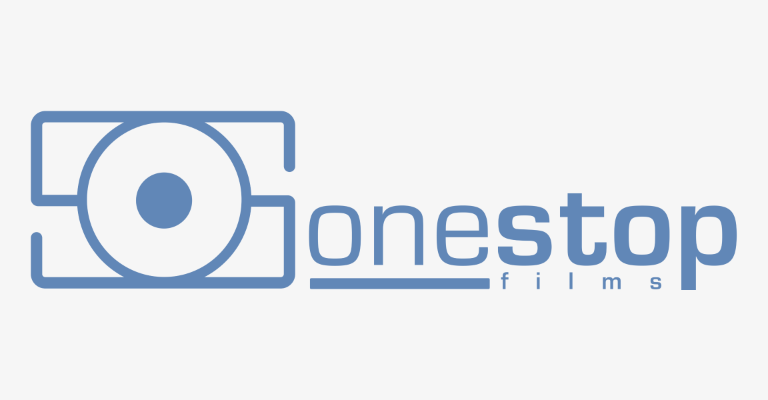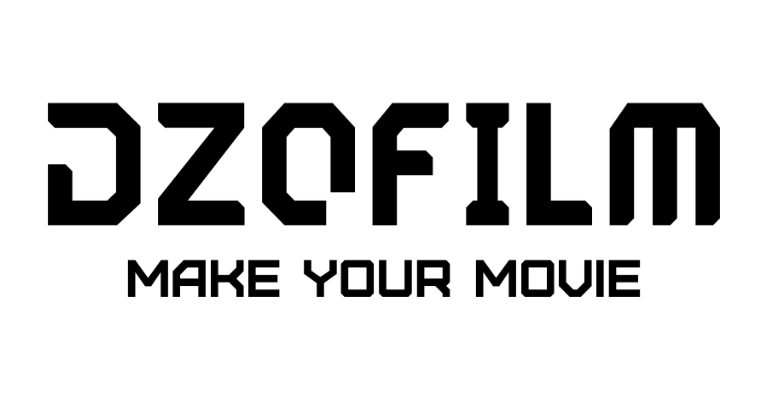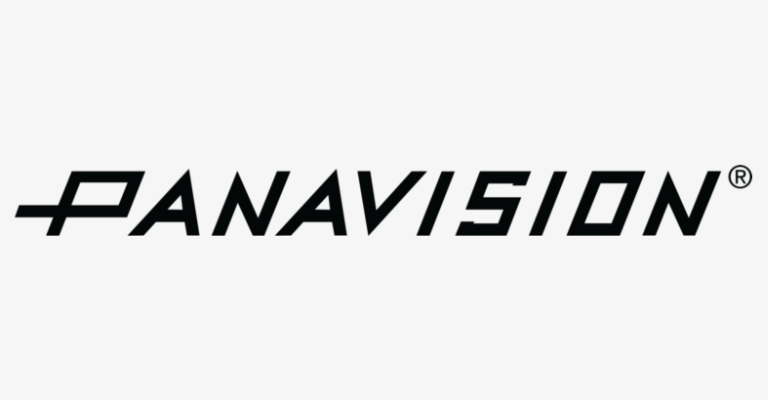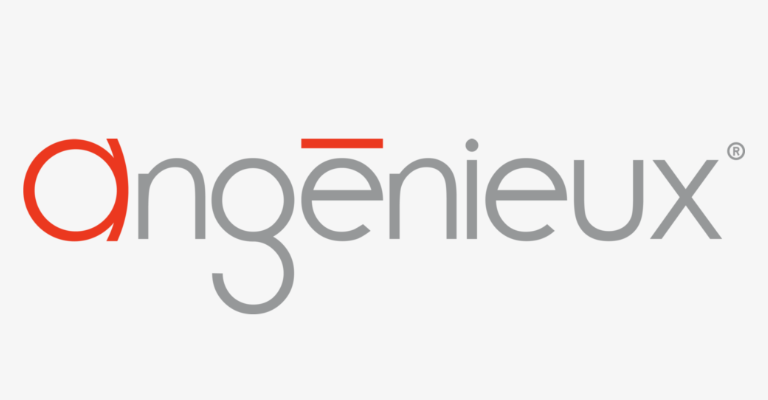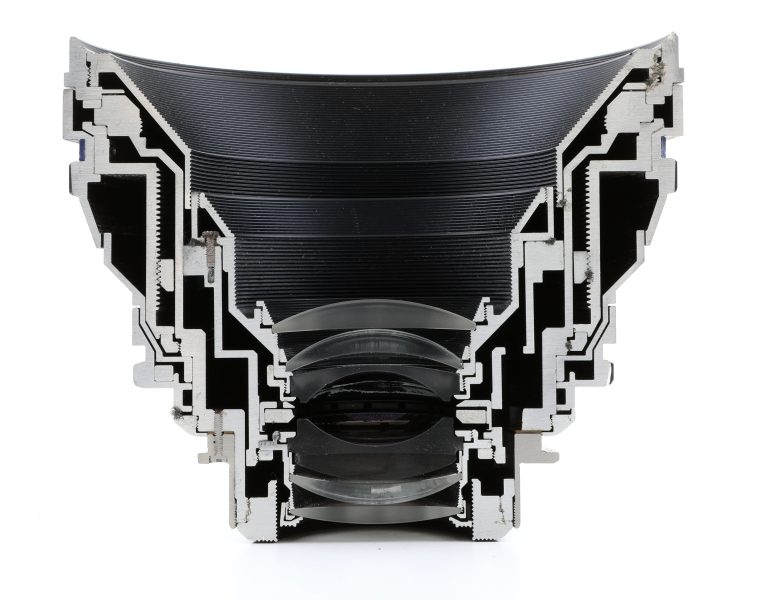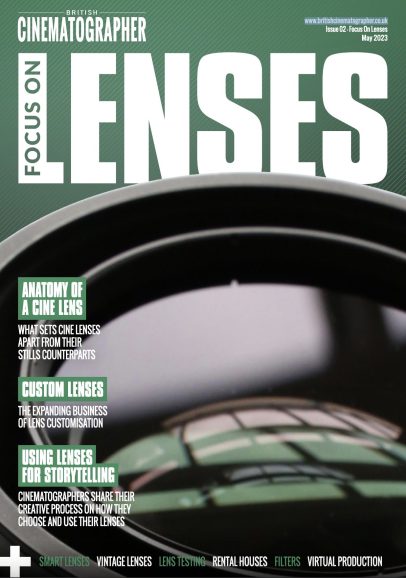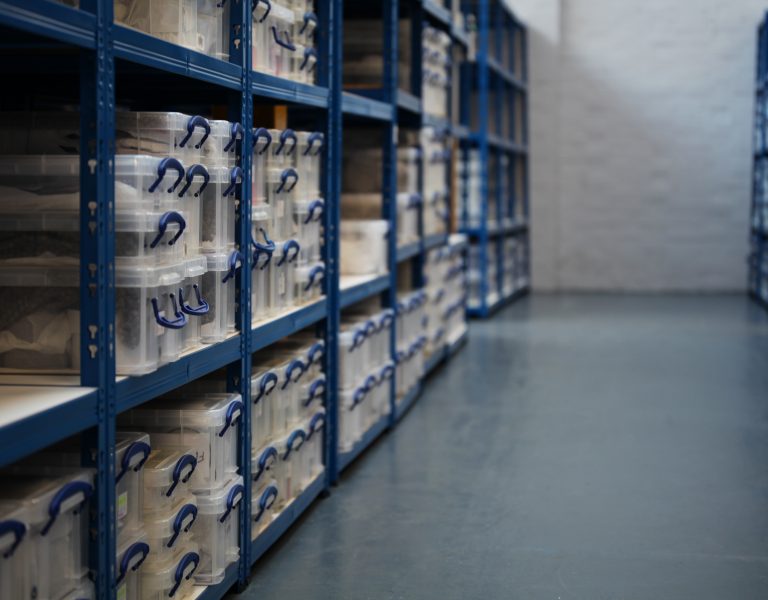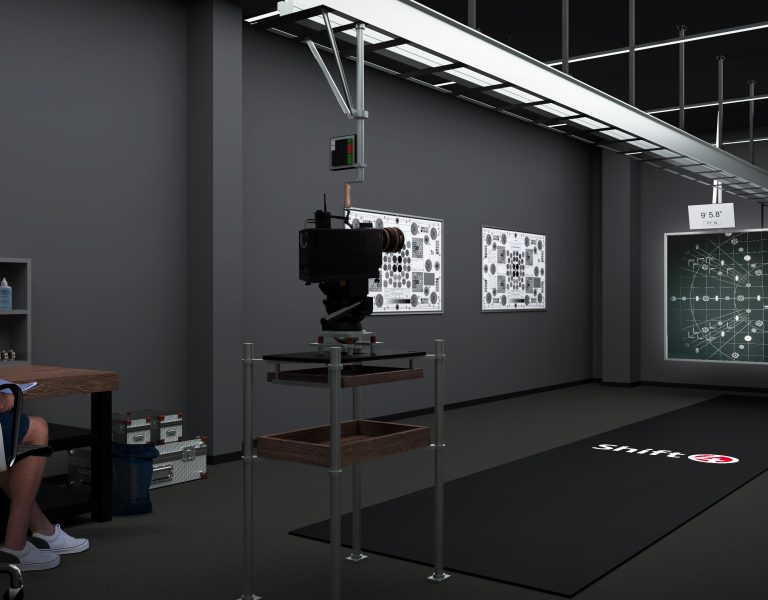FRAMING FANTASY
Production: The Hourglass
Cinematographer: Aman K Sahota
Director: Alessio Morreale
Production type: Short film
Lens(es): Panaspeeds (Large Format) and Leitz Macro 90mm
Lenses supplied by: Panavision
Camera: Sony Venice
Look you needed to achieve: Inspired aesthetically by videogames in the fantasy adventure genre, we wanted to create a look which felt whimsical in spirit and tip our hats to the sensation of playing a game that broadened your impression of the world through environmental storytelling. While the thematic tools of the hourglass, sacred tree and omen are all shrouded in an element of mysticism, we wanted to emphasise this by capturing the landscape as a world not too dissimilar from our own. To help achieve this look, we also shared anime references for framing and use of negative space.
Lens testing process: From the mood board and conversations with director Alessio Morreale, we wanted a good balance of contrast and subtlety. We also needed a good minimum close focus range for the close-ups of the outdoor scenes to create an intimate connection with our central character. The Panaspeeds gave us the right balance for this. We then tested various macro lenses to see which would match the Panaspeeds while also separating our wider open spaces from the claustrophobic space inside of the tree. The Leitz macro did just that and gave us the ability to capture extreme close-ups of the hourglass and fine grains of sand passing through without much distortion.
Why was your chosen lens the most appropriate: I really wanted to capture vistas and the emptiness of our open spaces on location. I wanted there to be a separation between this and our more intimate close-ups. This naturally led me to consider shooting large format to emphasise the difference in scale. The Panaspeeds had the right range of focal lengths and minimum close focus needed to achieve what Alessio and I envisaged.
Explanation of lensing techniques used: For most of the outdoor scenes we ended up using the 29mm (for the wide and close-ups). I wanted to utilise large format capacity and create an interesting dynamism that paired well with the emotion of the scene. We could still capture the feel of a 29mm lens while also fitting more in the frame without any distortion.
Filters: ND and Rota Pola
Challenges faced and how they were overcome: We were in a remote location dealing with natural sunlight so the challenge was ensuring that our actor was lit in a way that wouldn’t be either flat or too contrasty against the sunlight. We had planned the shooting schedule ahead of time to work with the sun’s pattern and were fortunate that we were usually shooting against it most of the time and opt for reflectors and negative fill to shape our actors.
Lens lessons this production taught you: The shallower depth of field when using large format lenses produced were desirable for the close-ups which worked well for the script. I found the freedom to frame in certain ways quite interesting too. I believe lens choices are part of a wider conversation which ultimately serves the purpose of telling the story that the director envisaged.






